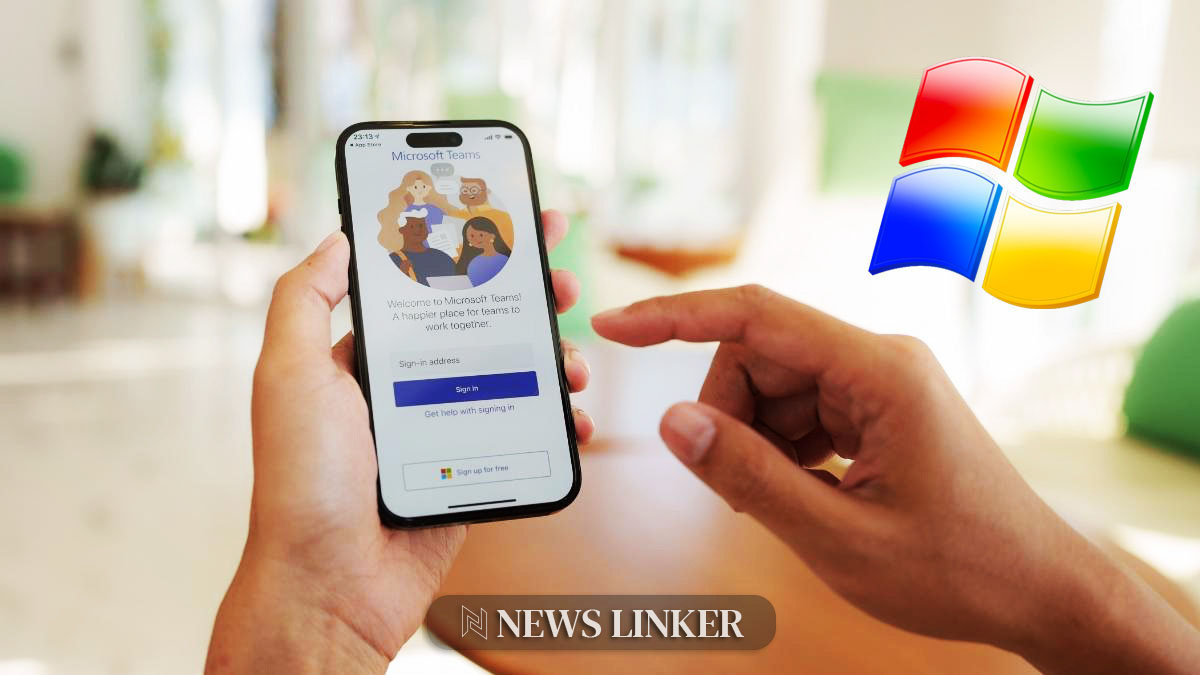In a significant update, Microsoft has rolled out fixes for 60 vulnerabilities in its May 2024 Patch Tuesday release. This patch addresses a broad spectrum of vulnerabilities, including two zero-day flaws that have been actively exploited. The comprehensive update spans various categories, emphasizing Microsoft’s continued commitment to user security. The proactive updates highlight the company’s strategy to counter potential threats efficiently and safeguard user data.
Comparing recent security updates, it’s clear that Microsoft has been consistently addressing multiple vulnerabilities in its software. For instance, previous patches have also targeted several remote code execution and elevation of privilege vulnerabilities. However, the inclusion of actively exploited zero-day vulnerabilities in this update underscores the increasing sophistication of cyber threats. While past updates have focused on a wide range of issues, the current update’s emphasis on zero-day exploits reflects a more targeted approach to immediate threats.
Additionally, the collaborative efforts seen in reporting vulnerabilities, such as the contributions from Google Threat Analysis Group and Mandiant, mark a significant step towards a more integrated cybersecurity ecosystem. Past updates have sometimes lacked visibility into the origins of vulnerability reports, but recent efforts indicate a more transparent and cooperative approach. This change is crucial for building trust and ensuring that vulnerabilities are swiftly and effectively addressed.
Zero-Day Vulnerabilities Addressed
This update includes patches for two critical zero-day vulnerabilities. The first, CVE-2024-30040, involves a security feature bypass in the Windows MSHTML platform. Attackers could exploit this by convincing users to open a malicious file, potentially leading to arbitrary code execution. The second zero-day, CVE-2024-30051, is an elevation of privilege vulnerability in the Windows DWM Core Library. Exploitation of this flaw could grant attackers SYSTEM privileges on compromised devices. Reports indicate that this vulnerability has been actively used in phishing attacks by Qakbot malware.
The update also addresses various other security issues, categorized as follows: 27 remote code execution vulnerabilities, 17 elevation of privilege vulnerabilities, 7 information disclosure vulnerabilities, 4 spoofing vulnerabilities, 3 denial of service vulnerabilities, and 2 security feature bypass vulnerabilities. This comprehensive update aims to mitigate risks and enhance the overall security posture of Microsoft products.
List of Vulnerabilities & Fixes
The list of patched vulnerabilities includes critical issues in various components such as Windows Task Scheduler, Microsoft Windows SCSI Class System File, and Windows Common Log File System Driver, among others. Each vulnerability is identified by its specific CVE and includes recommended actions for users. Alongside Microsoft, Adobe has also released updates addressing vulnerabilities in its products like Acrobat Reader, Illustrator, and Substance3D Painter, further emphasizing the need for a collaborative approach to cybersecurity.
Actionable Insights
- Ensure all systems are updated to the latest software versions to mitigate vulnerabilities.
- Educate users about phishing attacks and the risks of opening unsolicited emails or files.
- Regularly back up essential data to prevent loss during system updates.
- Implement multi-layered security measures to enhance overall protection.
- Stay informed about the latest security patches and updates from software vendors.
Users should prioritize updating their systems to the latest versions of affected Microsoft and Adobe products. This practice is crucial in mitigating potential exploitation risks. Given the high threat level of the zero-day vulnerabilities addressed, users must exercise caution with email attachments and links, ensuring they only interact with trusted sources. Additionally, backing up critical data remains a best practice to prevent potential data loss during updates. The collaborative efforts in vulnerability reporting and patching highlight the evolving landscape of cybersecurity, urging continuous vigilance and proactive measures.










